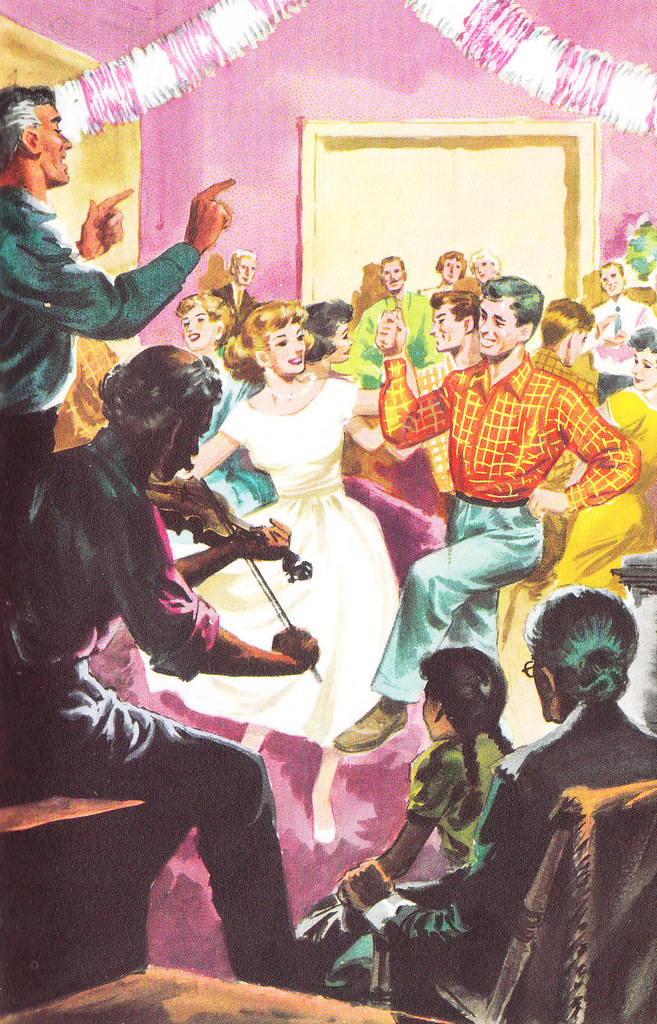
Harry J. Anslinger launched a national propaganda campaign against marijuana after pseudo-research linked it with insanity and crime, prompting Congress to pass the 1970 Controlled Substances Act.
The Act classifies cannabis as a Schedule I substance with no approved medical uses or high potential for abuse, making it hard for banks and credit unions to provide services to legal marijuana businesses.
It was a narcotic
Cannabis (known variously as marijuana, hemp, Mary Jane or weed) is one of the world’s most widely consumed recreational drugs. It comes in the form of dried infructescences or flowers as well as resin (hashish) and various extracts; its medicinal applications have also been explored; nevertheless, United States authorities continue to restrict use and classify it as Schedule I substance.
In the 1920s, several states passed laws outlawing non-medical cannabis usage for both economic and racial motives; some wanted to encourage returning migrant workers from Mexico while others believed it caused increased crime rates.
President Nixon initiated a war on drugs during the 1970s by creating the Federal Bureau of Narcotics and appointing Harry Anslinger as its Director. Anslinger used subpar hearing attendance and substandard research studies as justification against cannabis, while using “yellow journalism” from newspaper mogul William Randolph Hearst’s newspapers to create fear over this plant. Yet many scientists argue it to be harmless.
It was a drug of abuse

Marihuana (or marihuana as it was known in the United States) was widely consumed nearly 100 years ago in America. Smoked recreationally and consumed in Oriental-style hashish parlours, it was also prescribed medicinally. At the start of the 20th century attitudes changed with regard to cannabis use due to increased fears surrounding Mexican immigrants as well as allegations that cannabis caused bloodlust or caused other hysterical claims popular at that time by media reports.
President Richard Nixon initiated a war against marijuana in 1968 by creating the Drug Enforcement Administration and issuing arrest warrants against anyone found with cannabis in their possession. Although a Supreme Court ruling held that medical marijuana must comply with state laws for cultivation and sale purposes before it could qualify as interstate commerce, federal regulations still regulate cultivation and sale.
It was a drug of addiction
- Historians credit racism and bureaucratic self-interest with initiating federal marijuana prohibition in 1937 with passage of The Marihuana Tax Act, which required all cannabis transactions be recorded and levied a tax on importation, cultivation and sale of marijuana.
- Marijuana contains THC, a psychoactive compound which acts on certain receptors in your brain to cause feelings of pleasure and euphoria. Unfortunately, THC also can have adverse side effects including anxiety and depression and may impair memory and concentration.
- Marijuana is currently legal in certain states and the DEA is exploring downgrading it to Schedule II status, which would permit research while still prohibiting recreational use. Financial institutions that assist marijuana businesses may face penalties under federal money laundering laws; regardless of these changes, marijuana will probably remain classified as Schedule I substance, meaning it has no medical value and poses significant danger.
It was a drug of trafficking
Just years after America ended Prohibition, law enforcement officials quickly sought something else to criminalize. Cannabis was the perfect candidate: as an economically lucrative crop that often relied upon people exploited for its production – including women and people of color who often faced sexual violence, exploitation, and abusive employment practices as seen in this 2016 article on Humboldt County in California. Harry Anslinger became Commissioner of the Federal Bureau of Narcotics (FBN) and quickly proved himself an opponent of cannabis in 1937, helping pass the Marihuana Tax Act which prohibited cultivation, possession and sales of it – classified Schedule I meaning no medical value and high potential for abuse; making possession a crime while making banking services unavailable as well as deductions available to legal marijuana businesses difficult.
